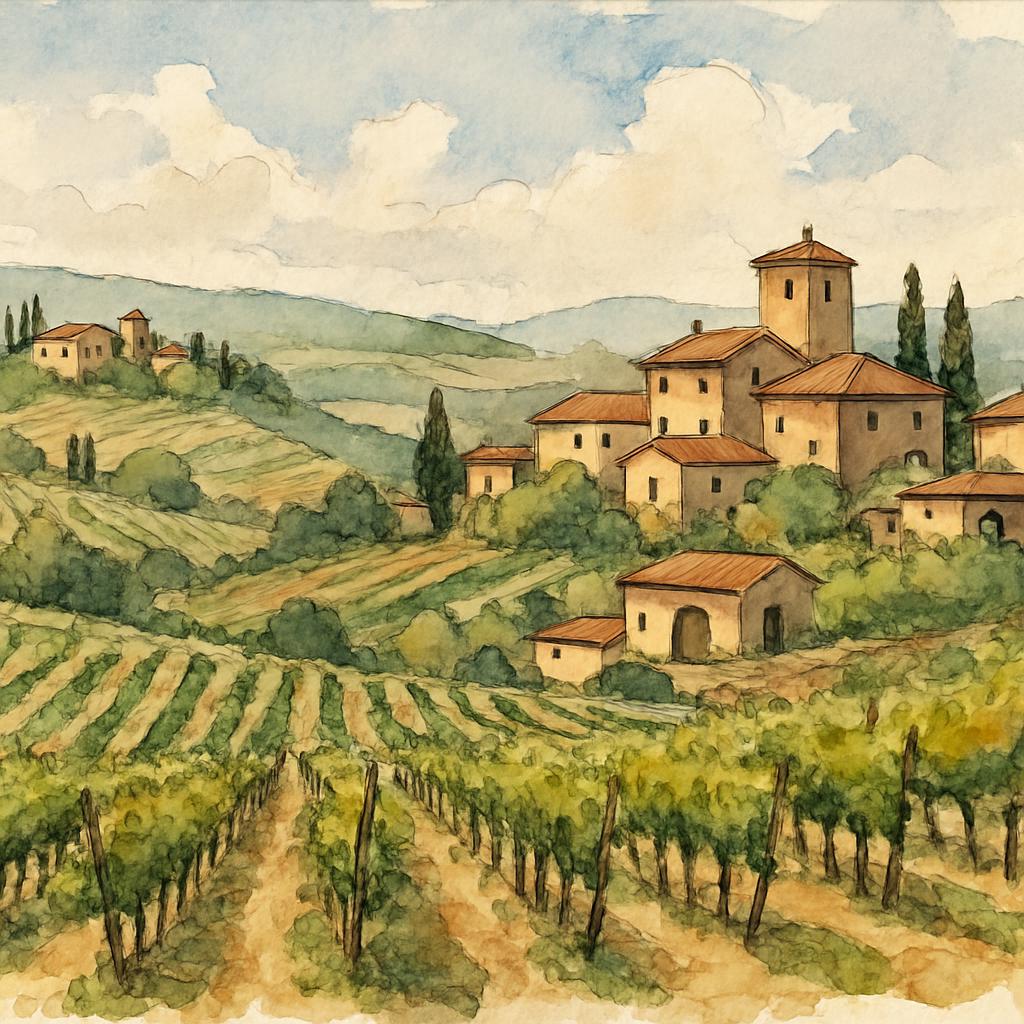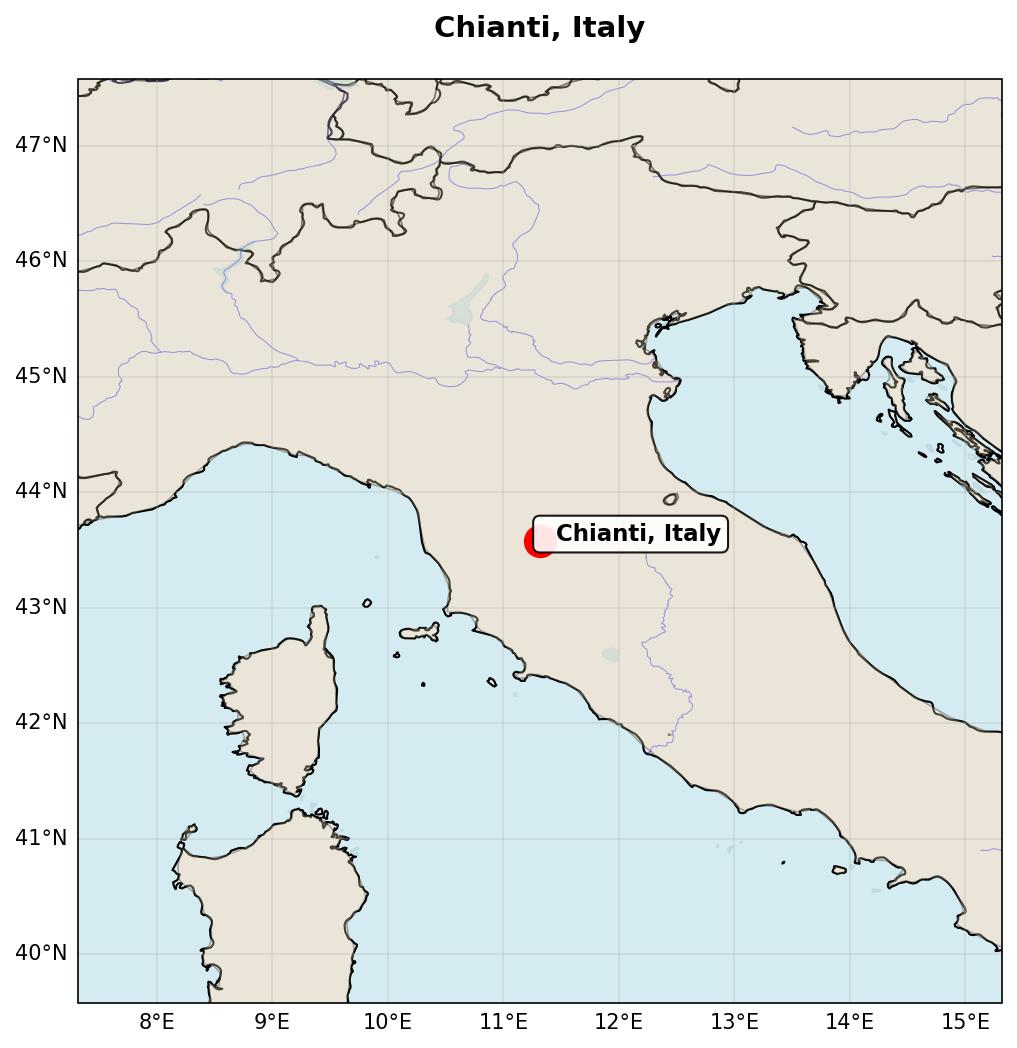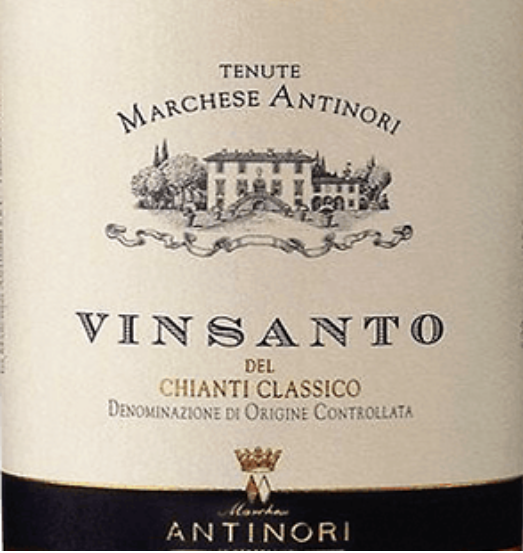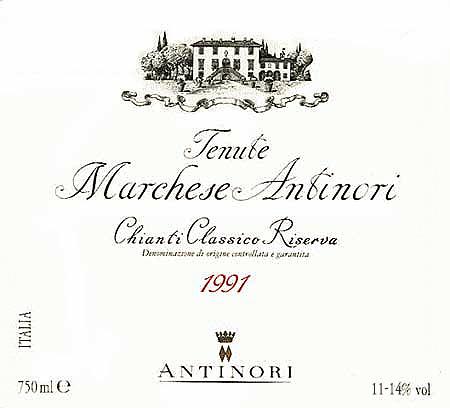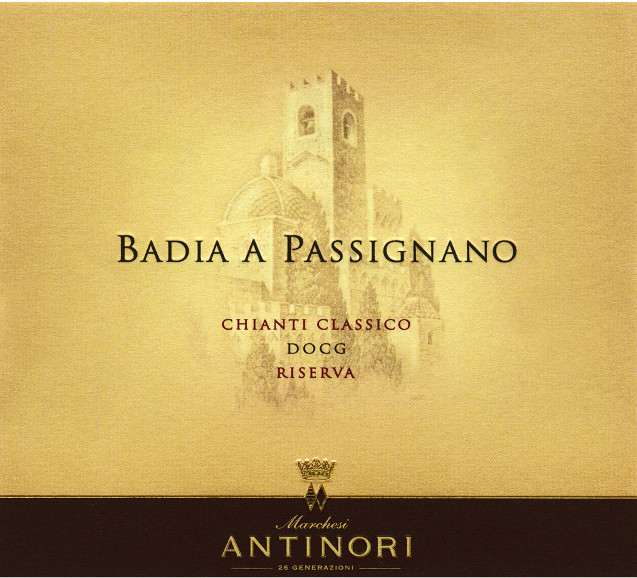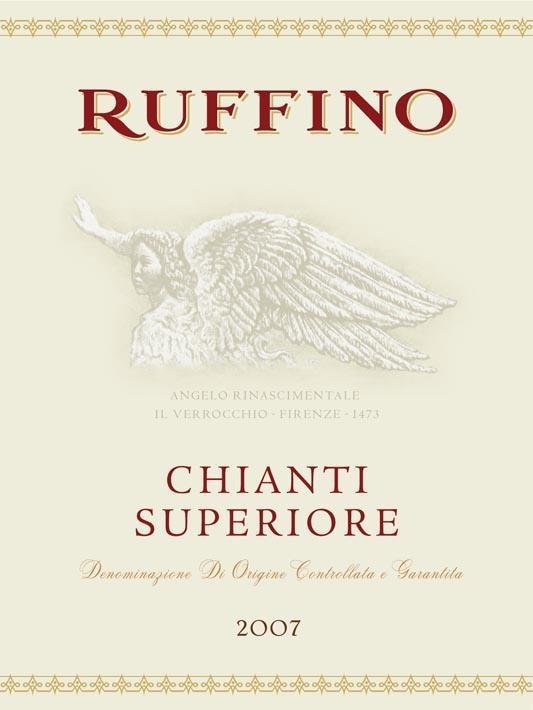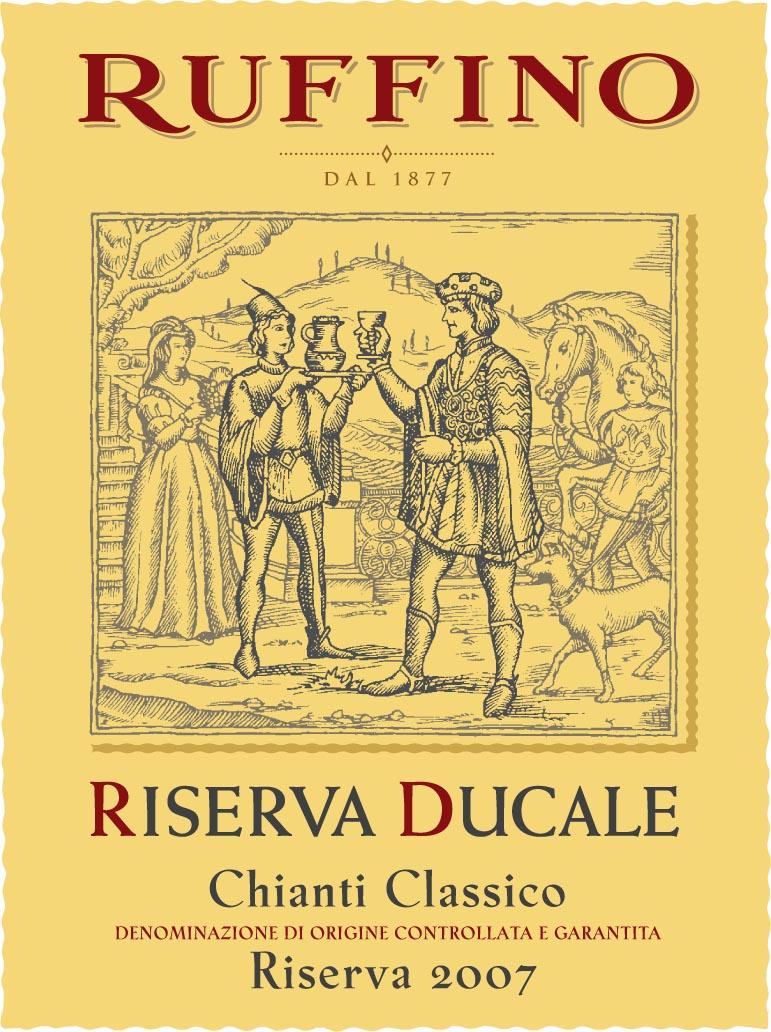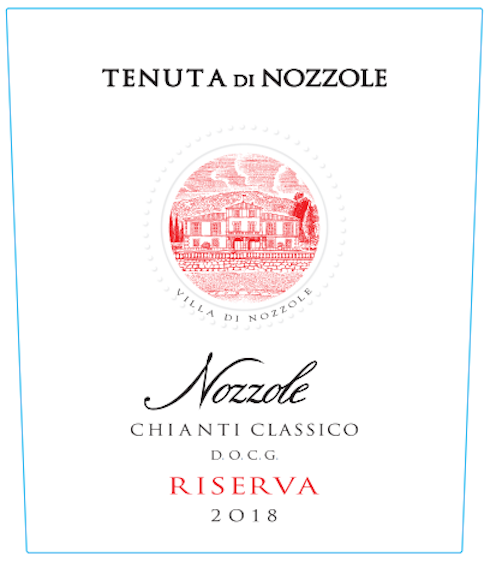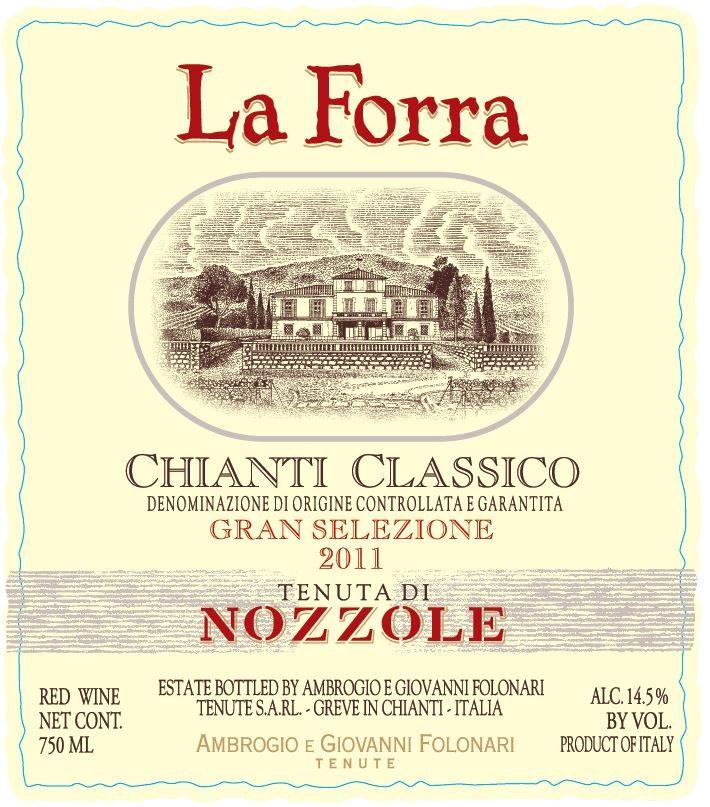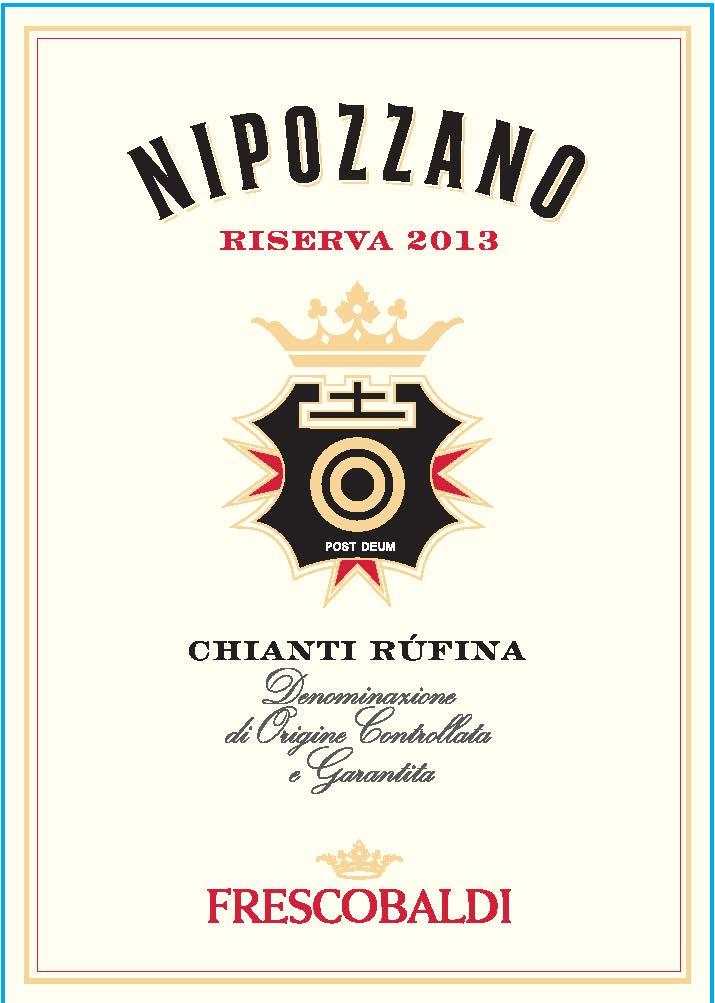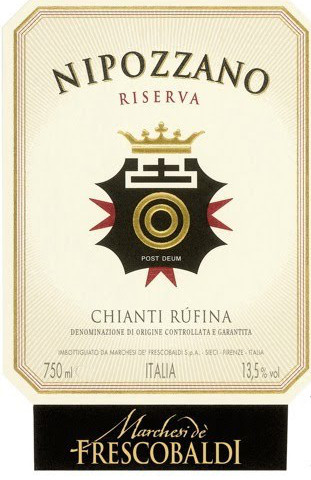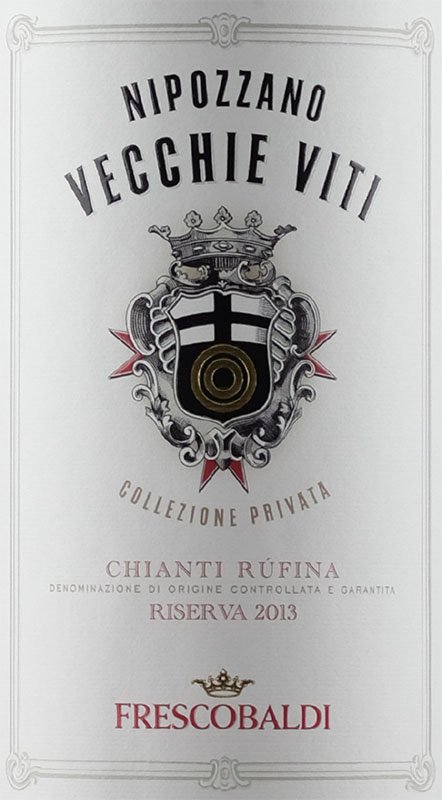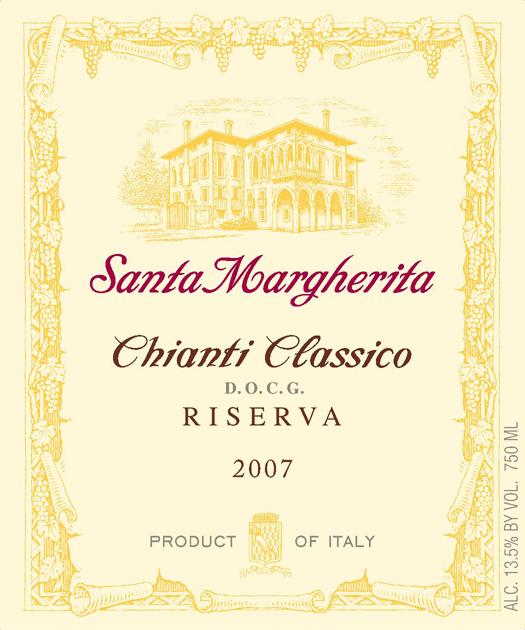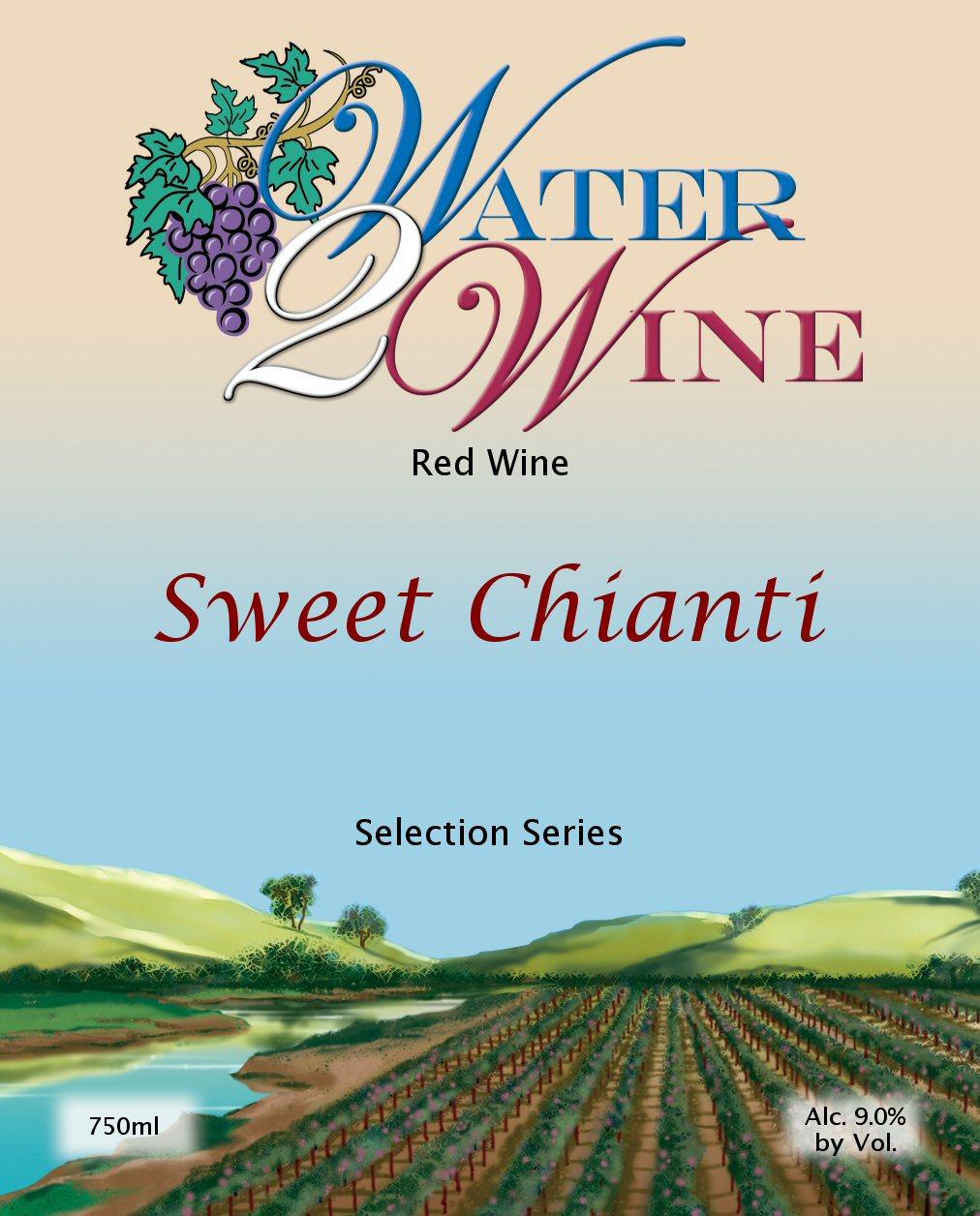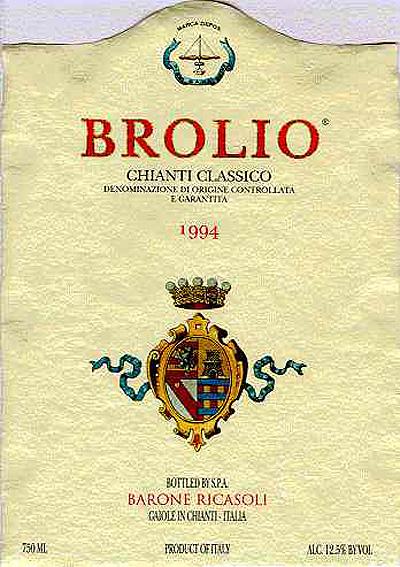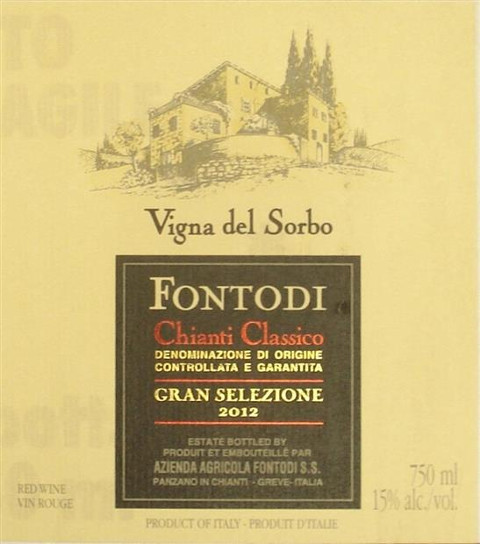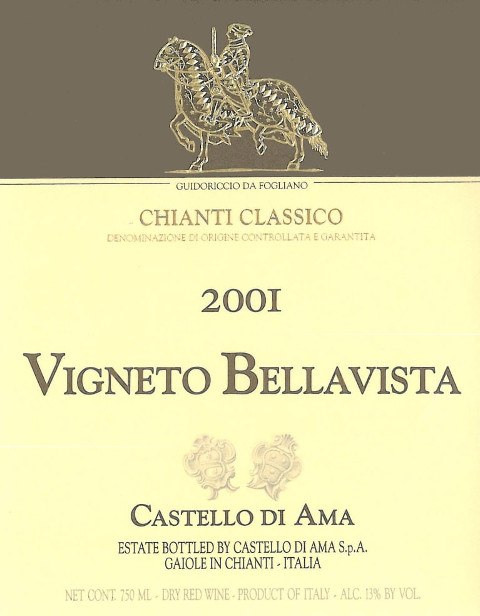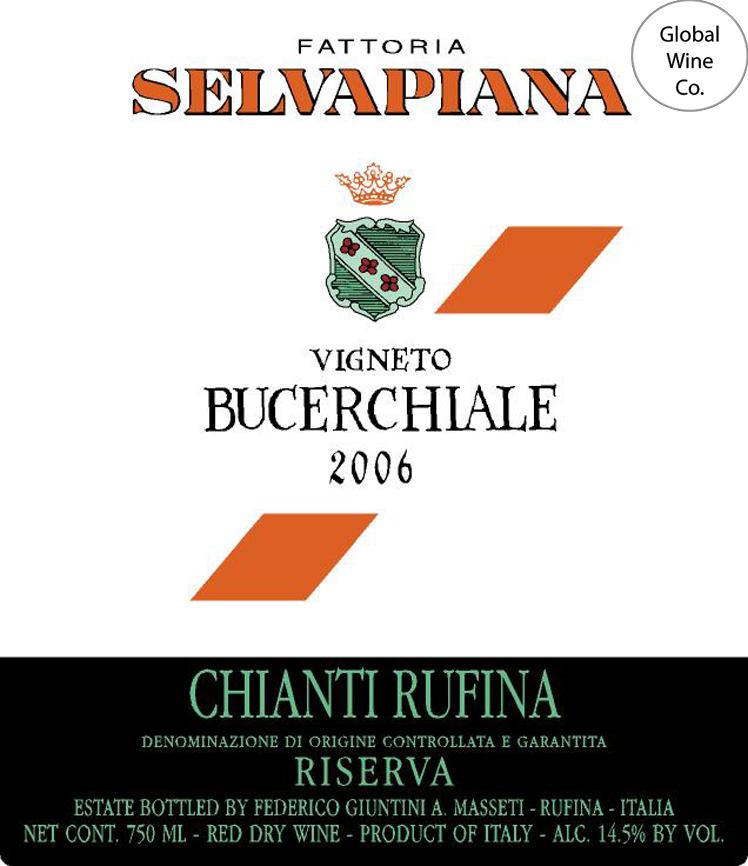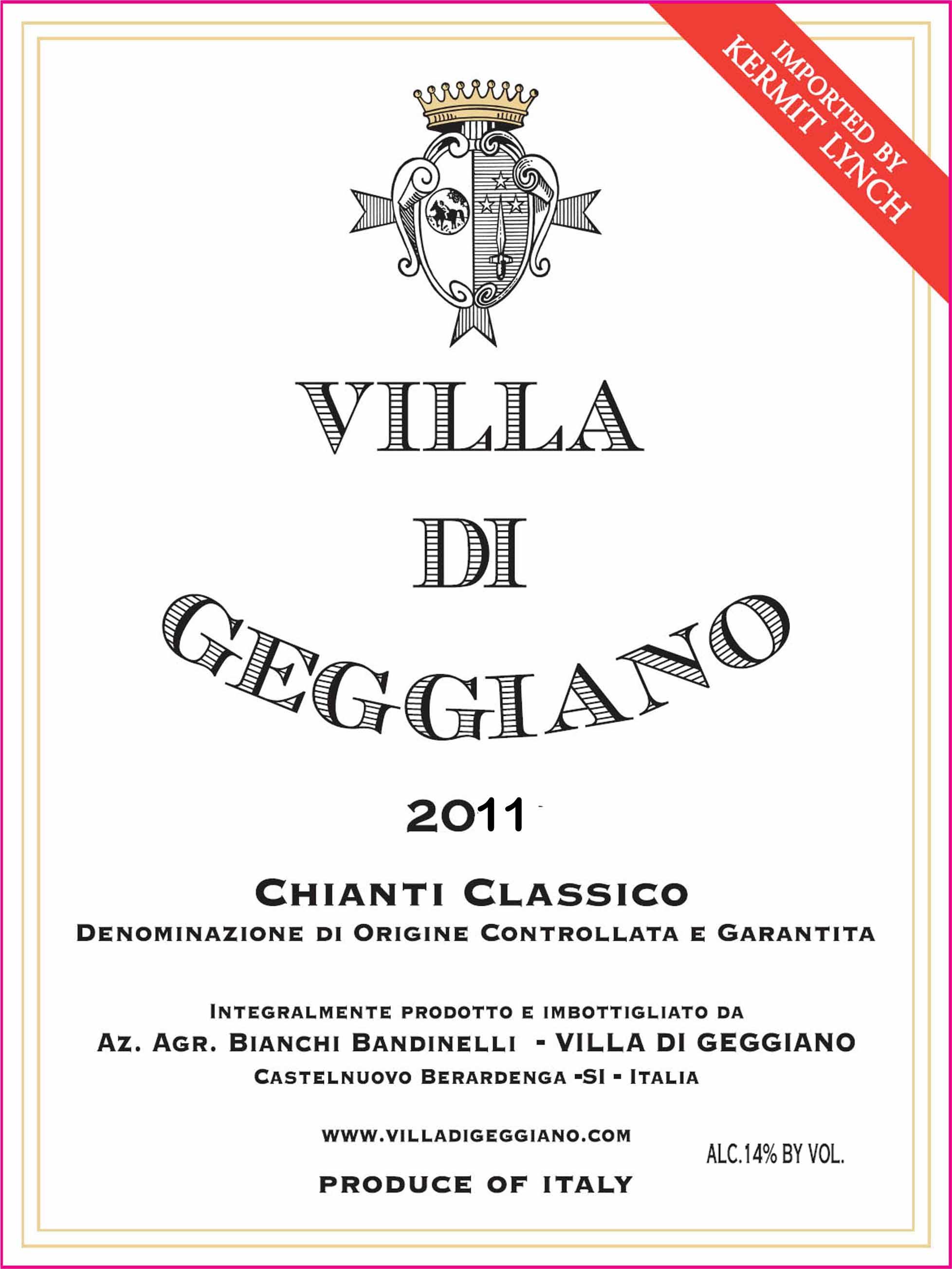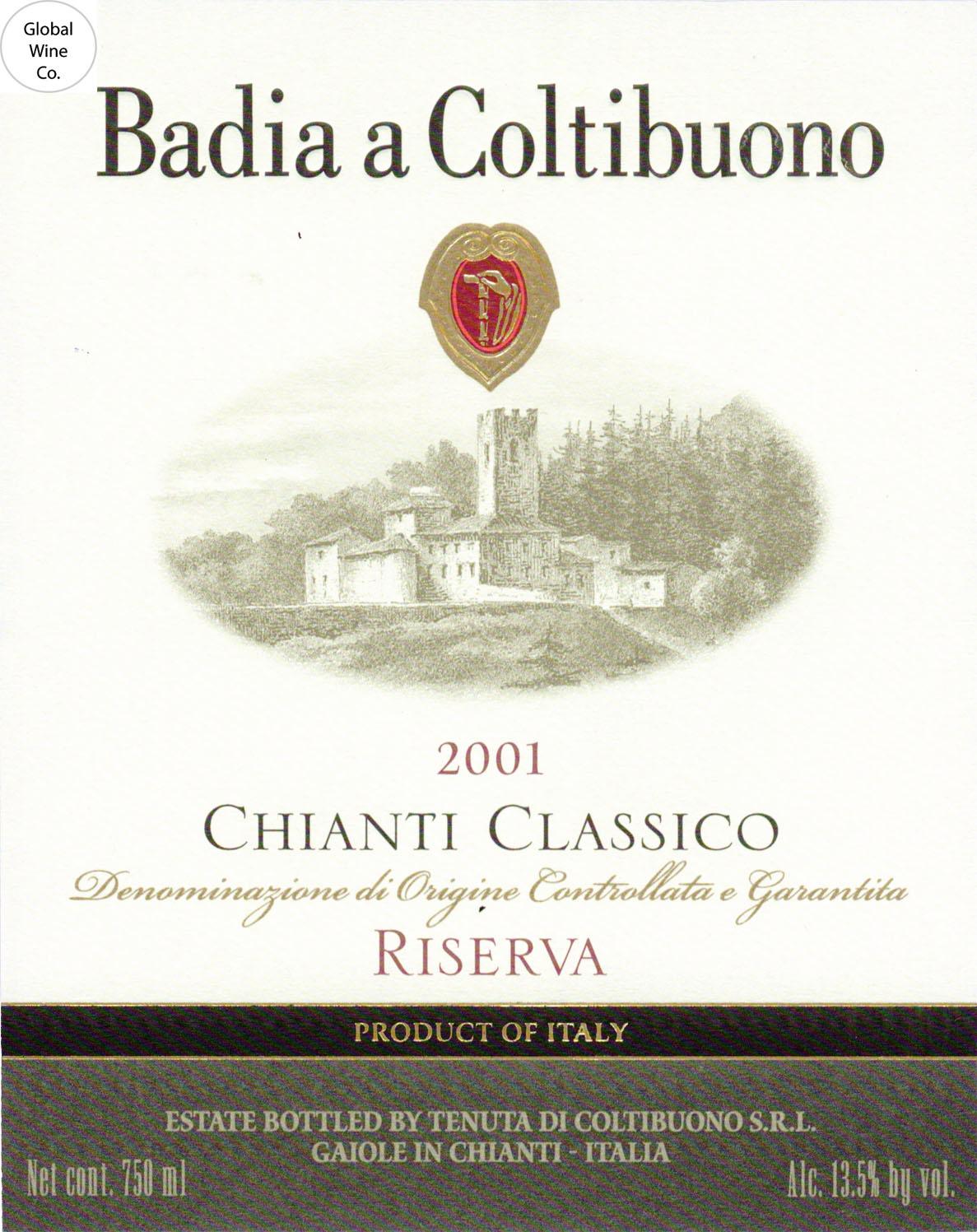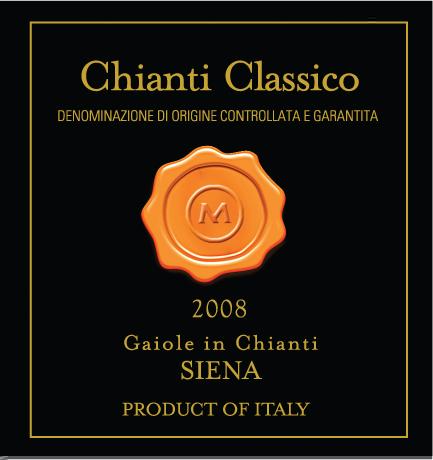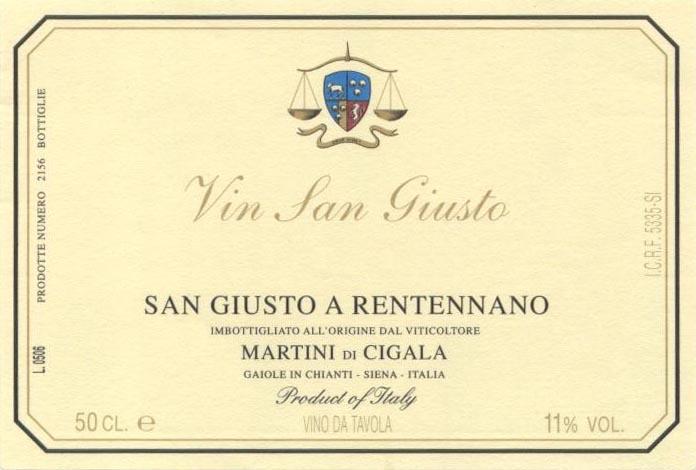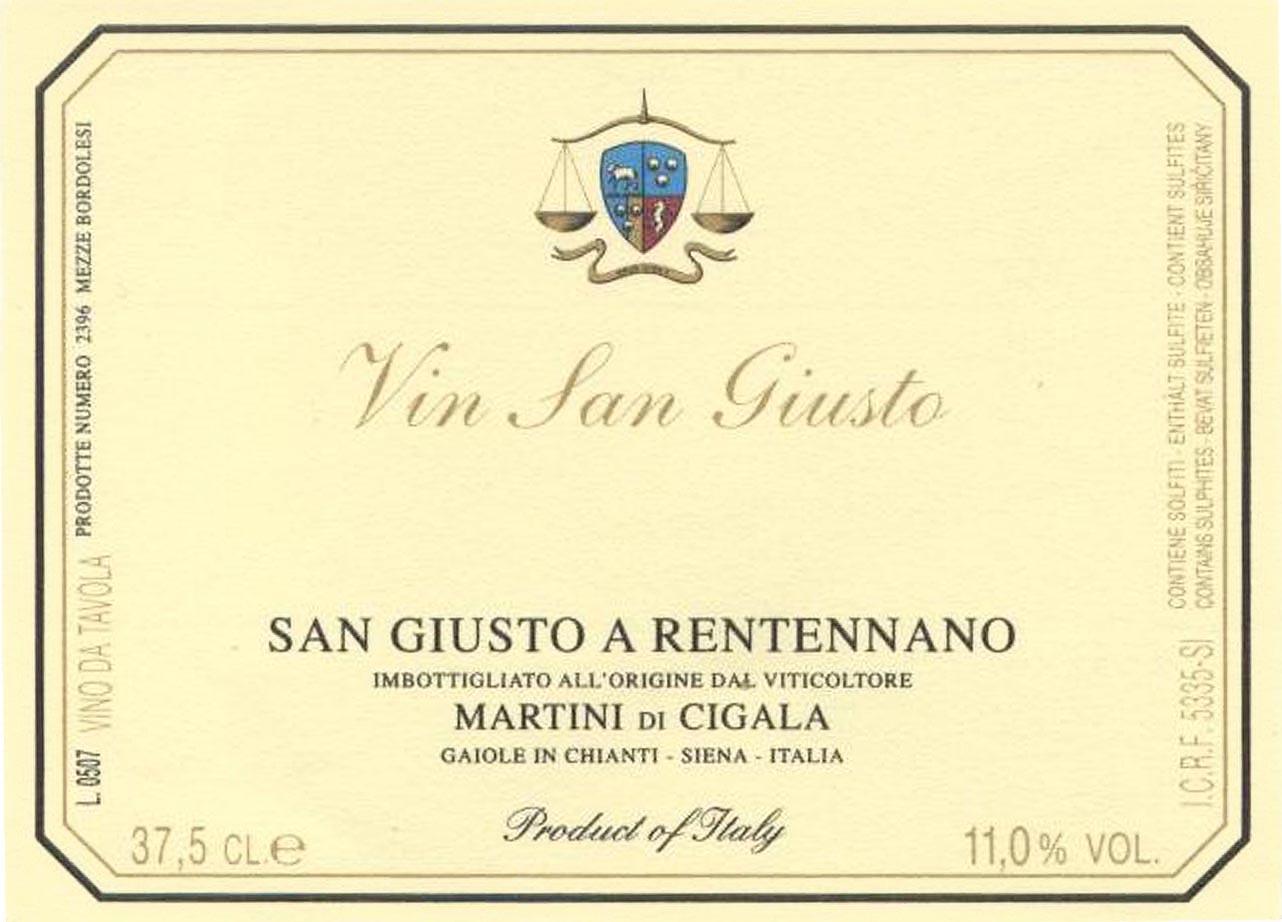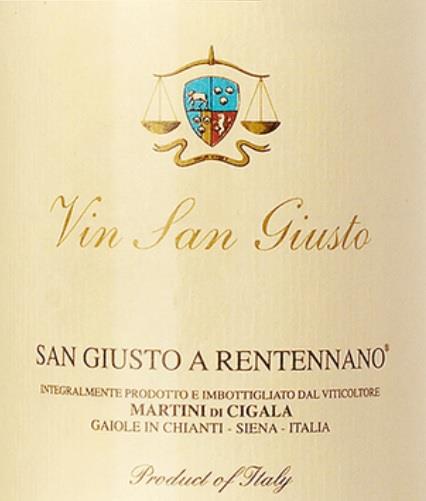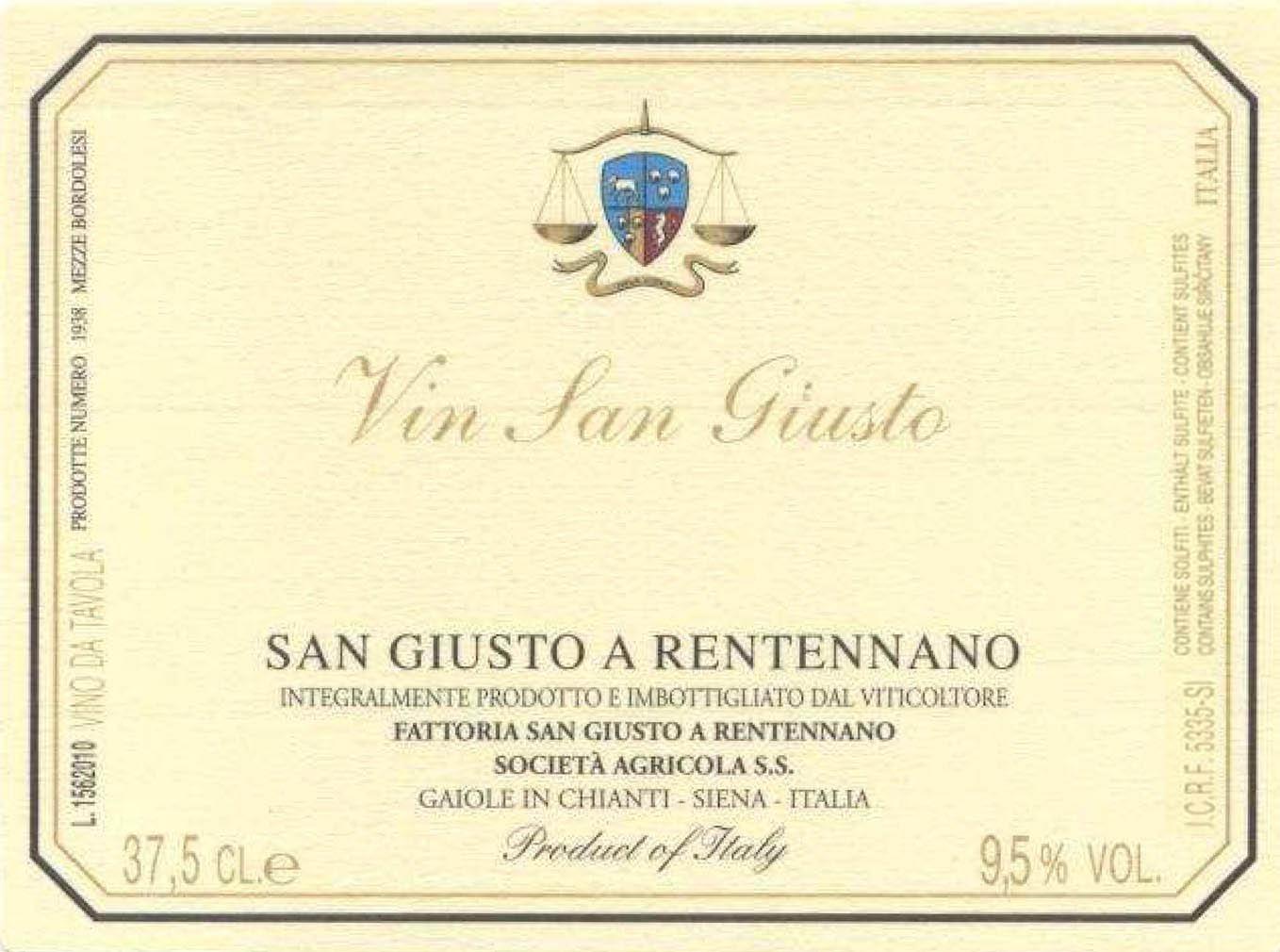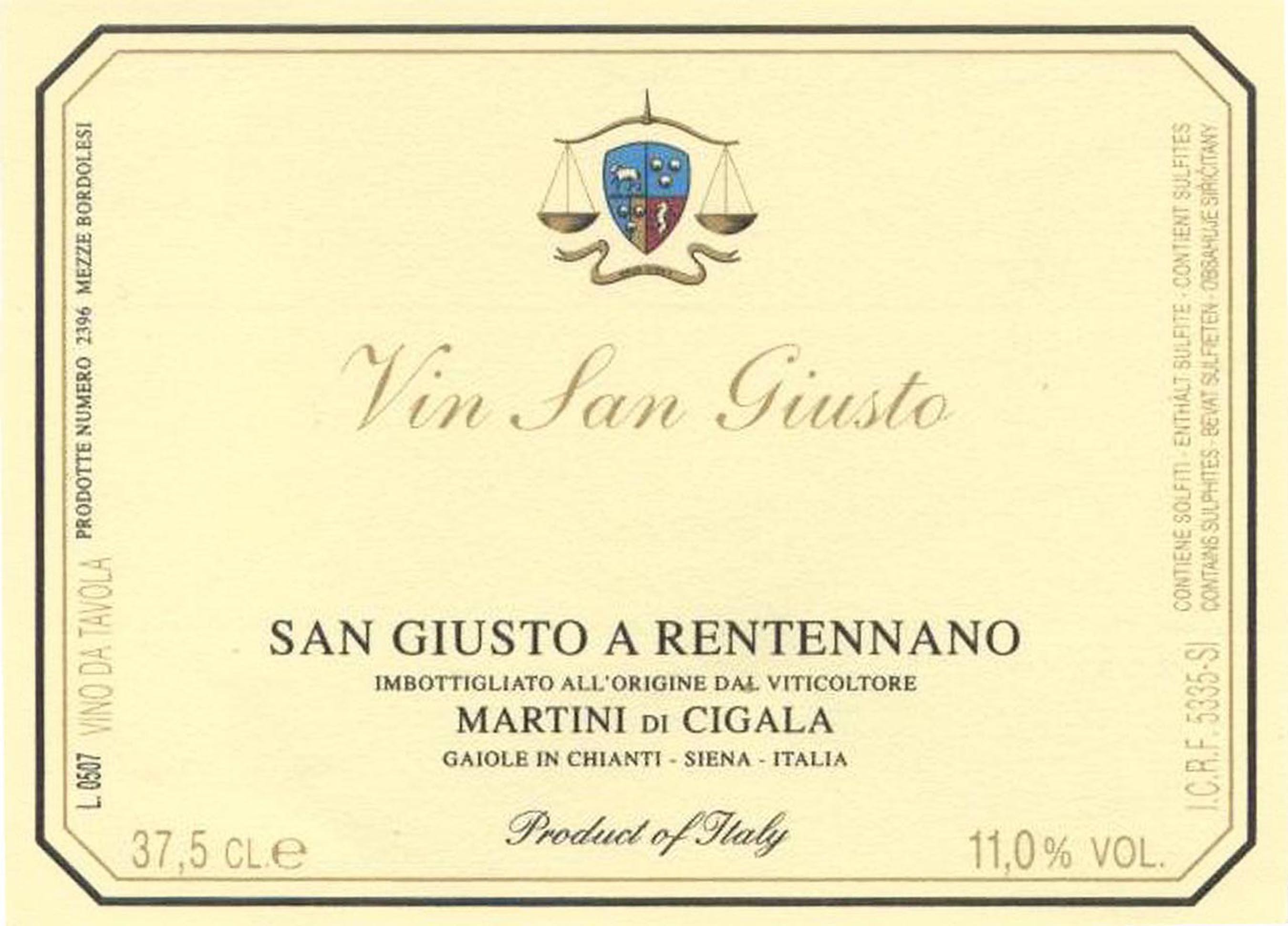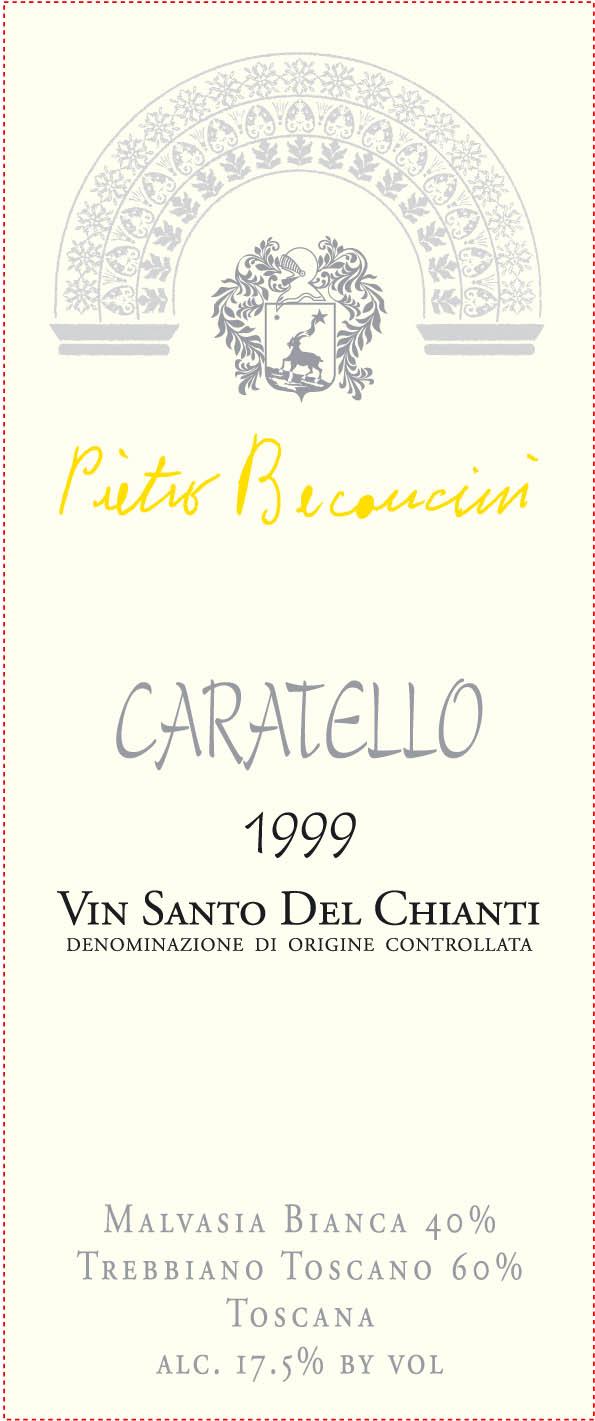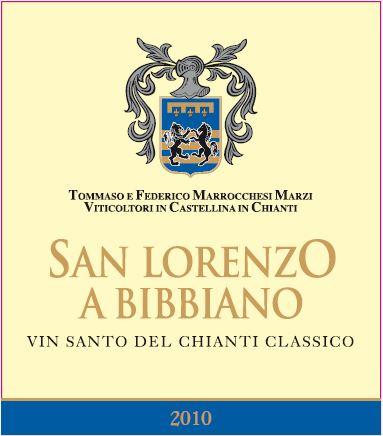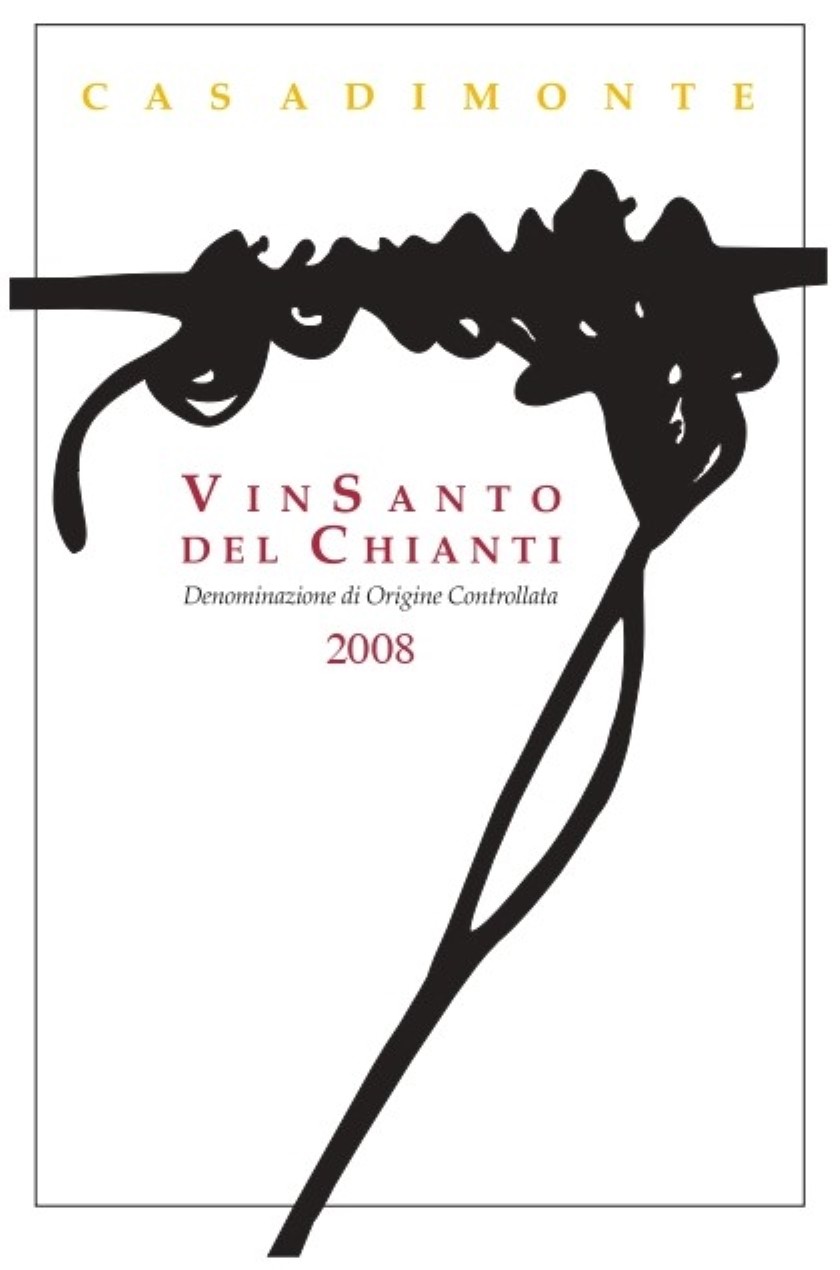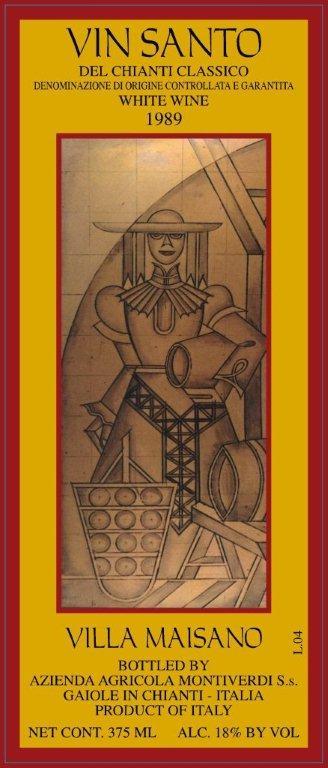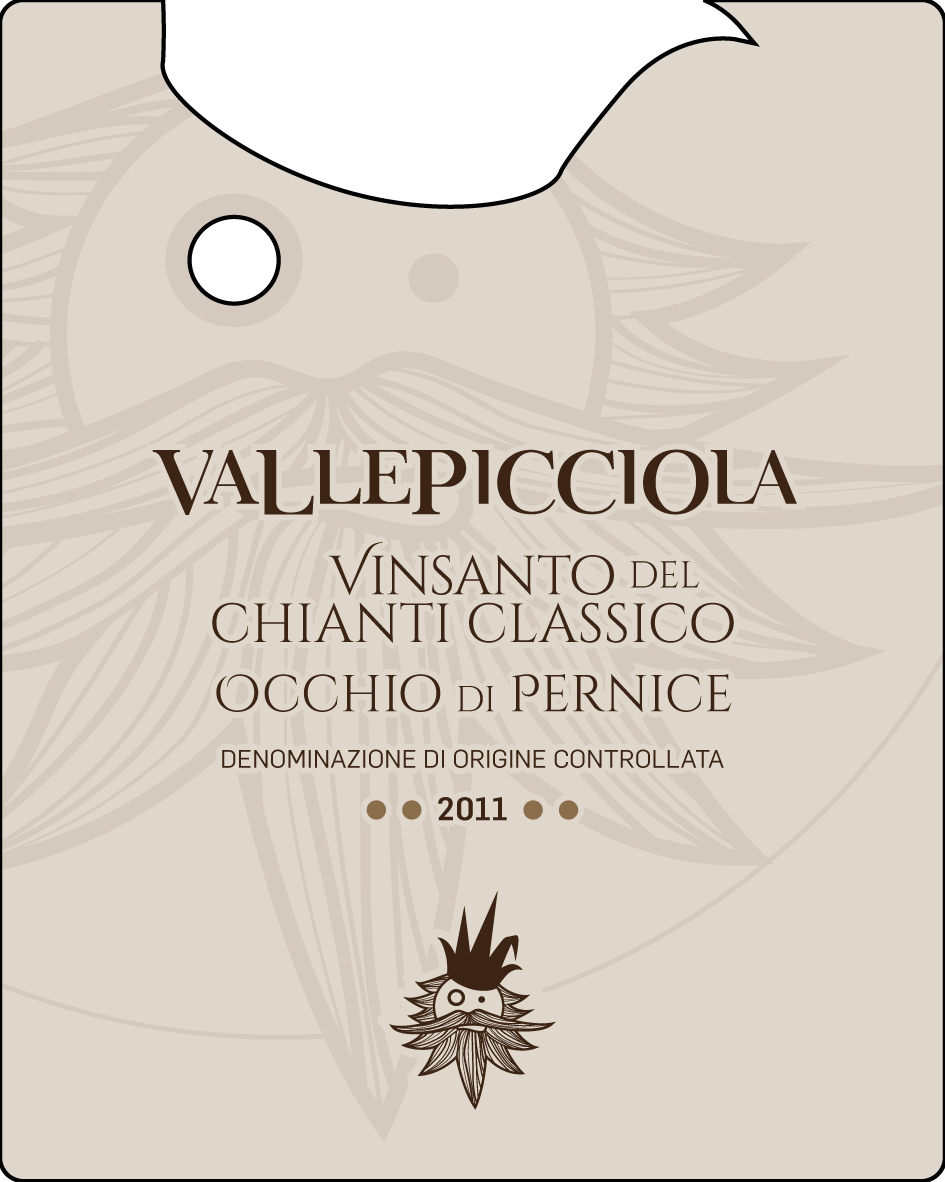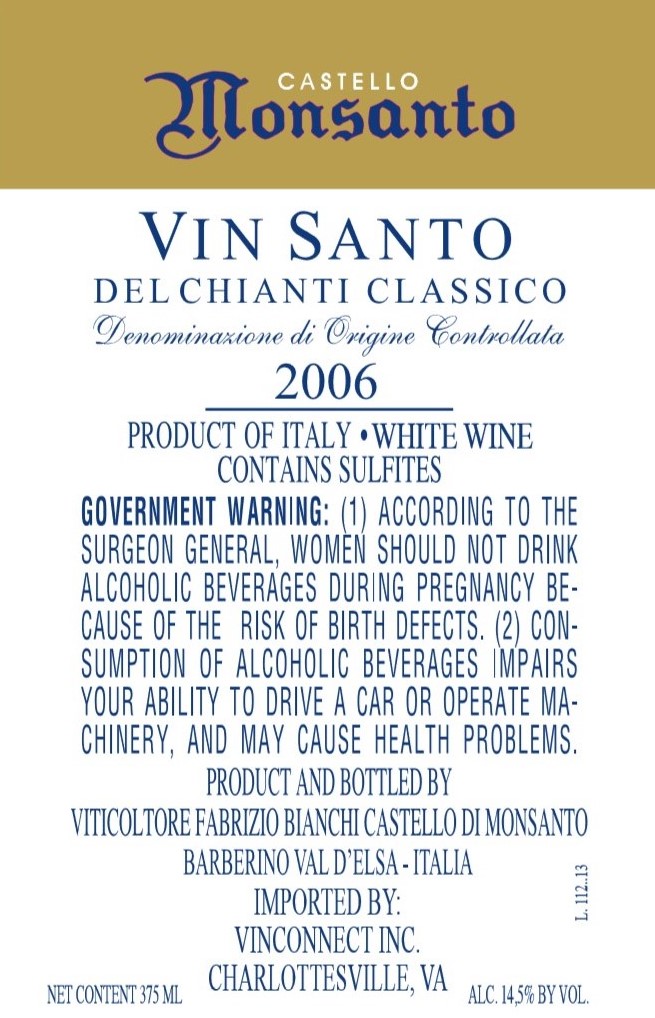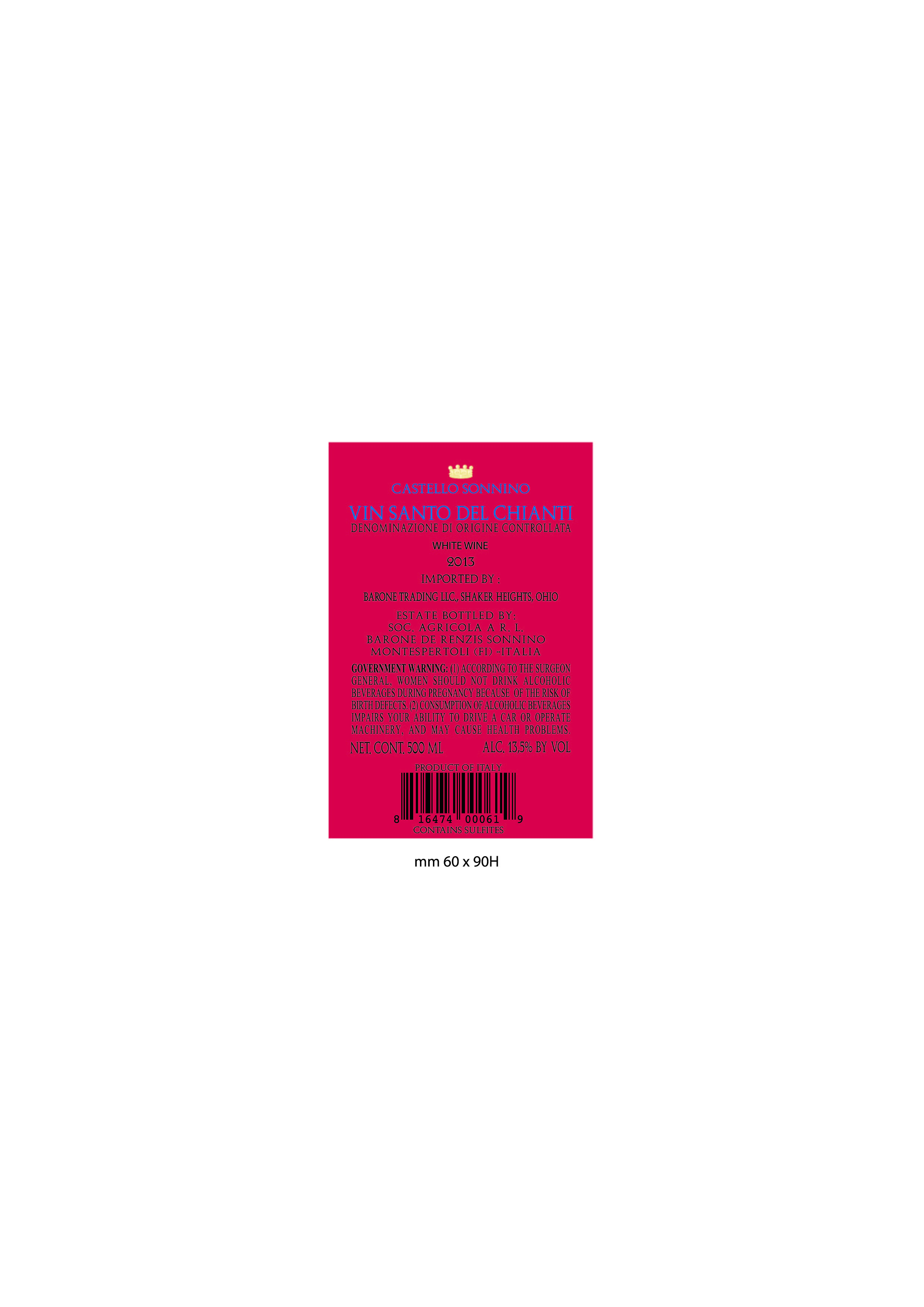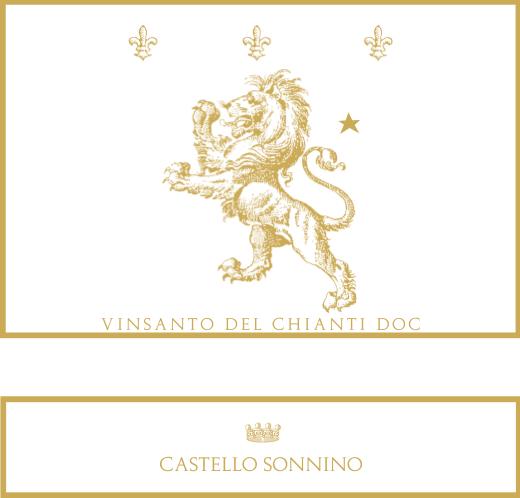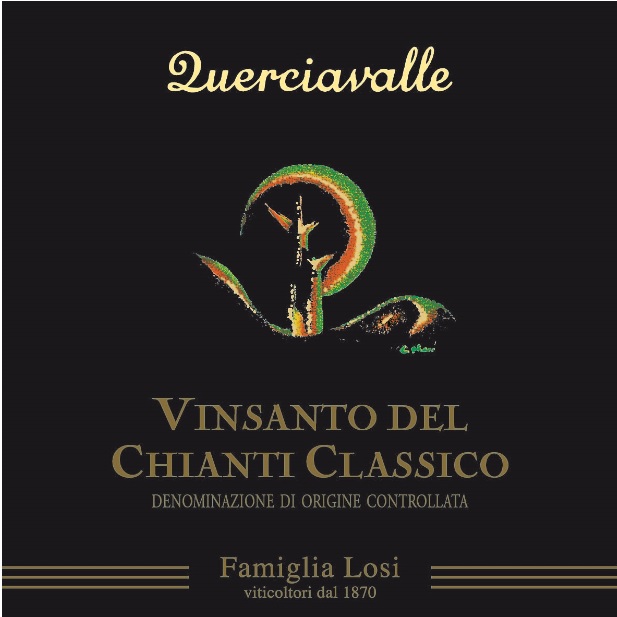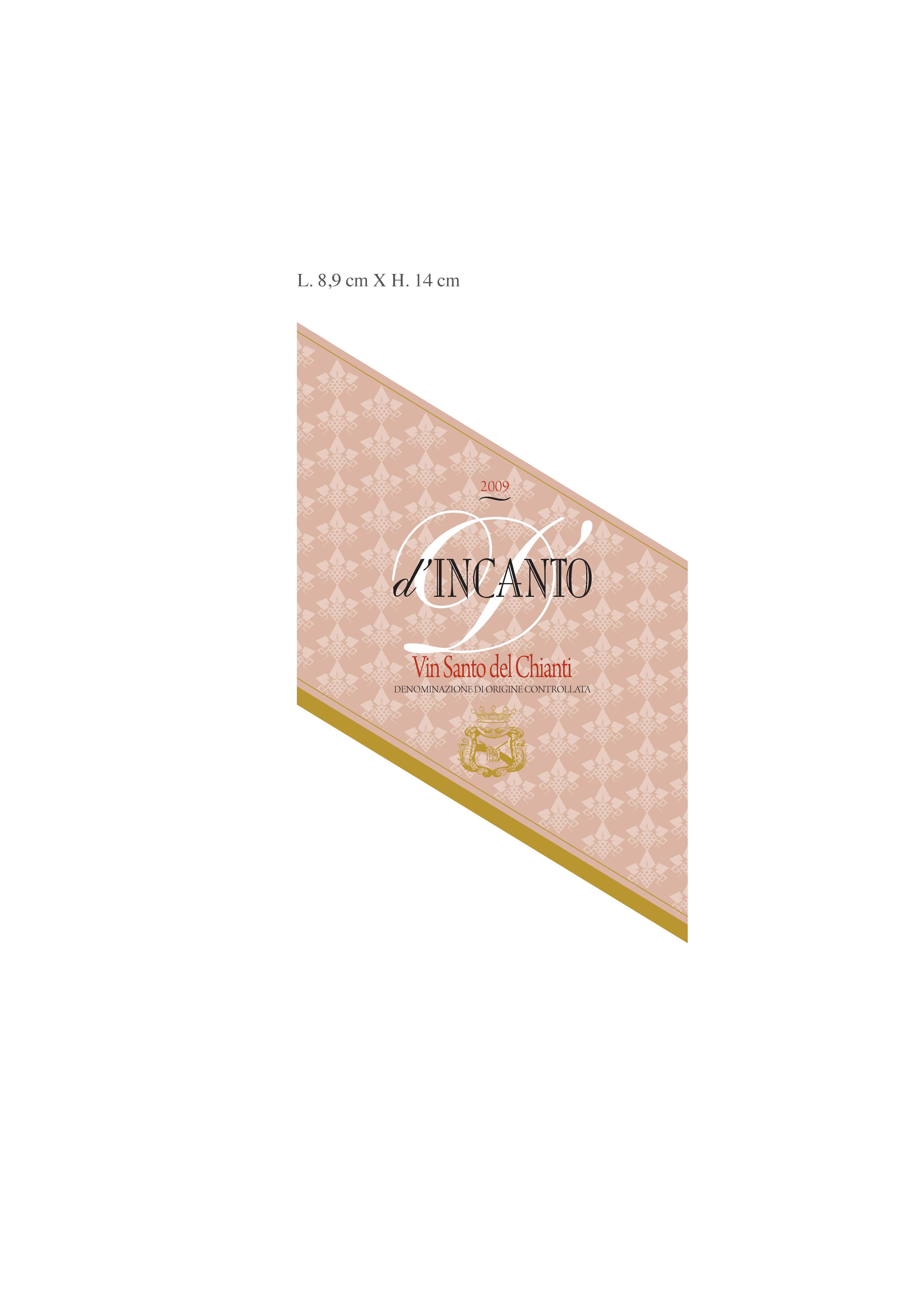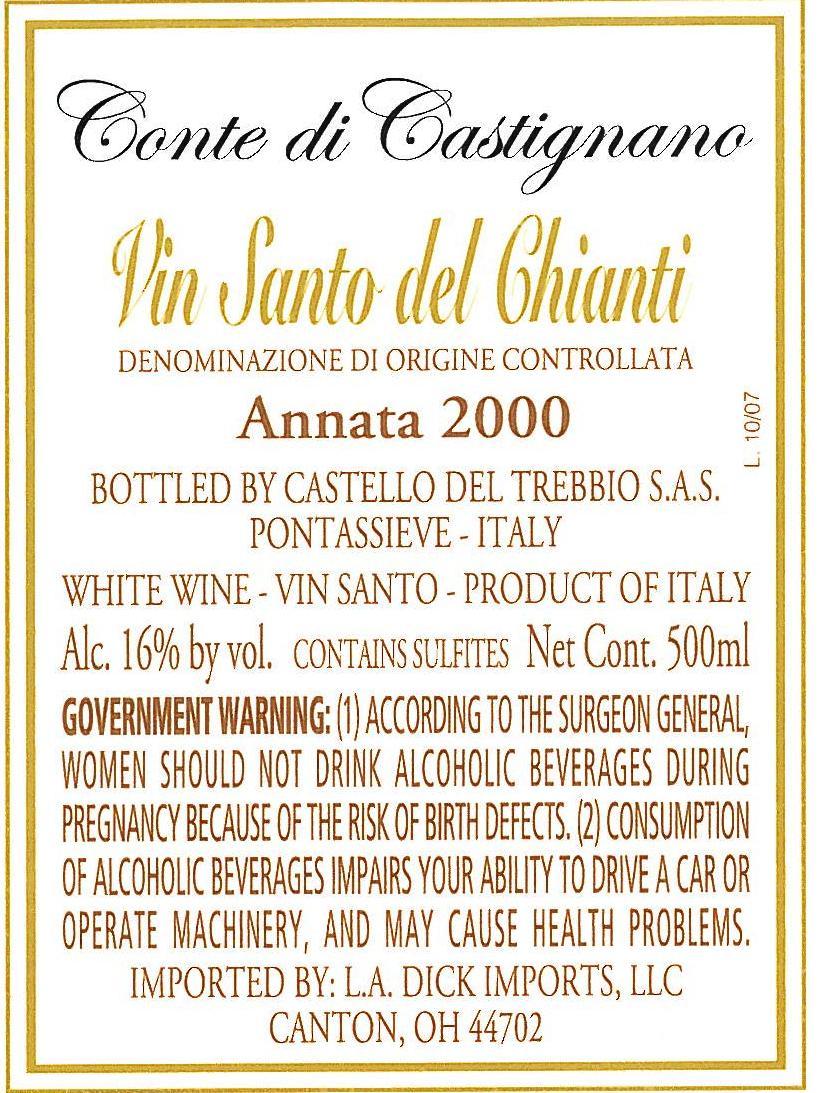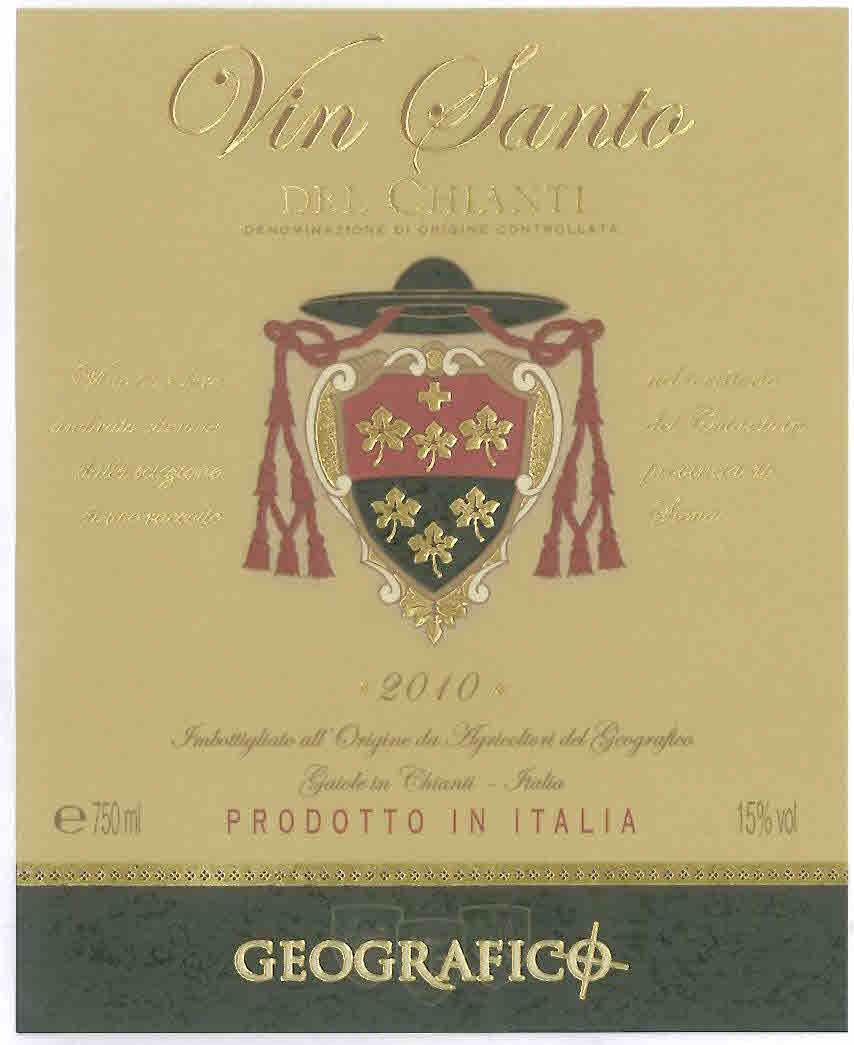Terroir of Chianti
The varied landscape of Chianti offers a unique blend of soils and elevations that influence its renowned wines. In Chianti Classico, the presence of galestro and alberese contributes freshness and a mineral edge, while other areas boast deeper clay, marl, and sandstone. These mid-level slopes, ranging from 250 to 600 meters, benefit from ample sunlight and cool breezes, ensuring grapes ripen with ideal structure and acidity.
Chianti enjoys a warm-temperate Mediterranean climate with long, hot summers, balanced by cool nights from the Apennine breezes. With annual rainfall between 600 and 800 mm mainly in winter and spring, the late summer's dryness provides perfect conditions for harvesting. Summer days can reach 28–32°C, while nighttime temperatures at higher altitudes drop to around 15°C, allowing Sangiovese grapes to mature with bright fruit flavors and firm structure.
Notable Wineries in Chianti
The Chianti region, a historic heart of Tuscany, is renowned for its exceptional winemaking tradition, with several notable wineries that have shaped its legacy. Here are a few distinguished producers:
-
Barone Ricasoli (Castello di Brolio, Gaiole): Among Italy's oldest estates, famed for crafting an early Chianti recipe and offering historic tours.
-
Marchesi Antinori: A Tuscan icon known for superb Sangiovese wines and pioneering "Super Tuscan" blends.
-
Fontodi (Panzano in Chianti): An organic, family-run estate that excels with its Sangiovese, setting a high standard for Chianti Classico.
-
Querciabella (Tavarnelle, Greve): Leads in organic and biodynamic practices, offering elegant, mineral-rich wines.
-
Castello di Ama (Radda): Known for precise Chianti Classico wines and striking contemporary art installations.
These wineries highlight Chianti's rich heritage and innovative spirit, inviting wine lovers to explore their unique offerings.
Sustainable Winemaking in Chianti
Sustainability is at the forefront of winemaking in Chianti Classico, where the local consortium has established guidelines to minimize environmental impact and protect the landscape. Many producers are transitioning to organic and biodynamic practices, eliminating synthetic herbicides, and employing cover crops to enhance soil health and biodiversity.
Efforts to conserve water and energy are widespread, with some estates collecting rainwater and utilizing solar power. Terraces are carefully managed to prevent erosion, and woodlands and gardens serve as natural habitat corridors.
Traditional elements like the straw-covered fiasco now utilize lighter, recycled materials, reflecting a commitment to eco-friendly practices. These initiatives aim to elevate wine quality while safeguarding the terroir's health through organic farming, energy-efficient cellars, and responsible management of the landscape.
Wine Tourism in Chianti
Chianti offers a rich wine tourism experience, combining natural beauty with cultural heritage. Visitors can explore charming towns along the scenic SR222 "Chiantigiana" road, such as Greve and Radda, known for their historic squares and wine bars.
The region's diverse landscape, featuring vineyards and olive groves, invites exploration through hiking, biking, and wine routes. Notable events like L’Eroica near Gaiole celebrate local traditions. Wine enthusiasts can visit grand estates like Castello di Brolio and organic farms for tastings and tours.
Cooking classes highlight local products like cheese and olive oil. Chianti's medieval villages, castles, and art installations add cultural depth, while accommodations range from farm stays to B&Bs.
The region hosts festivals and trade tastings, offering food-and-wine pairings such as bistecca alla fiorentina and truffles, all set in the Tuscan countryside, making it a captivating destination for wine lovers.
